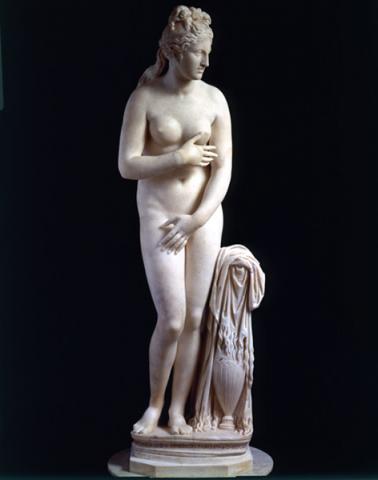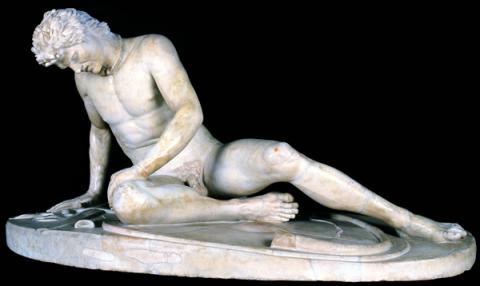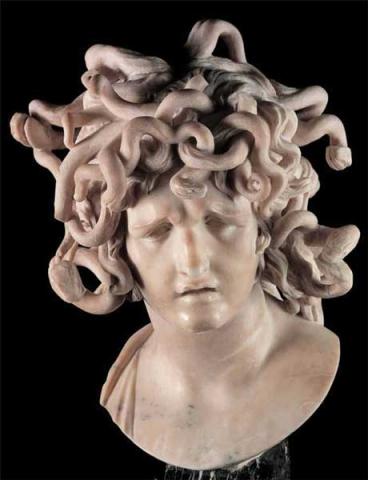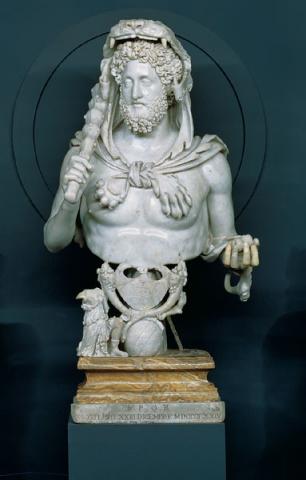Capitoline Museum and Picture Gallery
The overall layout of the collection was altered in the second half of the XVI century, when the museum acquired an important group of sculptures following Pope Pius V's decision to rid the Vatican of "pagan" images: notable works of art increased the collections thereby adding an aesthetic dimension to their hitherto generally historical nature.
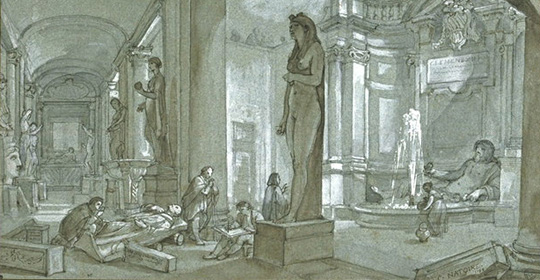
With the building of the Palazzo Nuovo on the other side of the square it became possible from 1654 onwards to house in a more satisfactory manner the large collection of works that had been gathering in the Palazzo dei Conservatori, by utilising part of the new building.
The Capitoline Museum, however, was only opened to the public during the course of the following century, after the acquisition, by Pope Clement XII, of a collection of statues and portraits of Cardinal Albani. Pope Clement inaugurated the Museum in 1734.
A few decades later, in the middle of the XVIII century, Pope Benedict XIV (who was responsible for the addition of fragments of the Forma Urbis from the Age of Severus, the largest marble street-plan of ancient Rome) founded the Capitoline Picture Gallery, which saw the conflation of two important collections, the Sacchetti and the Pio.


























